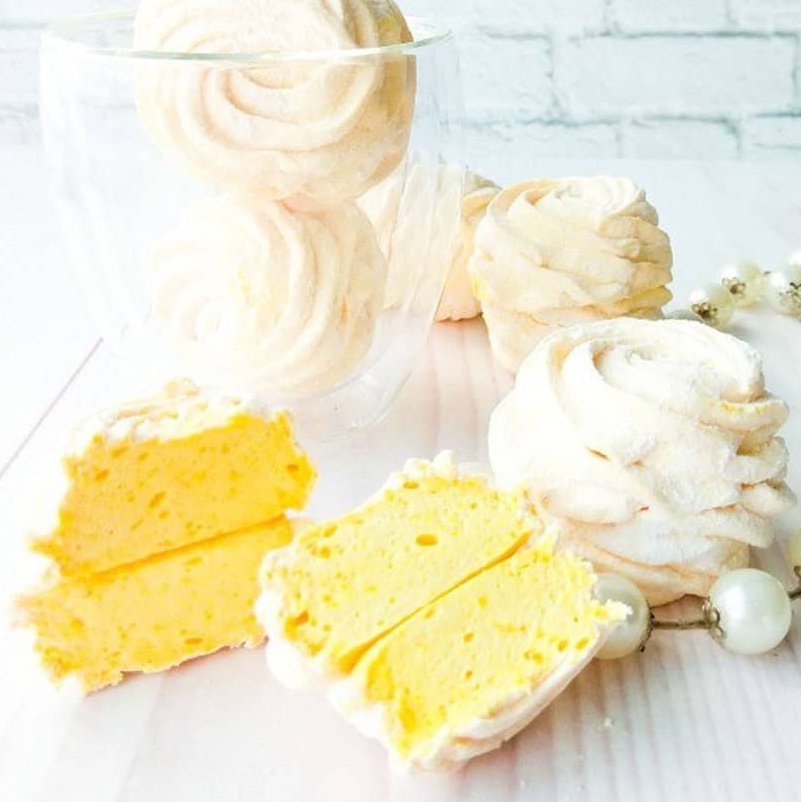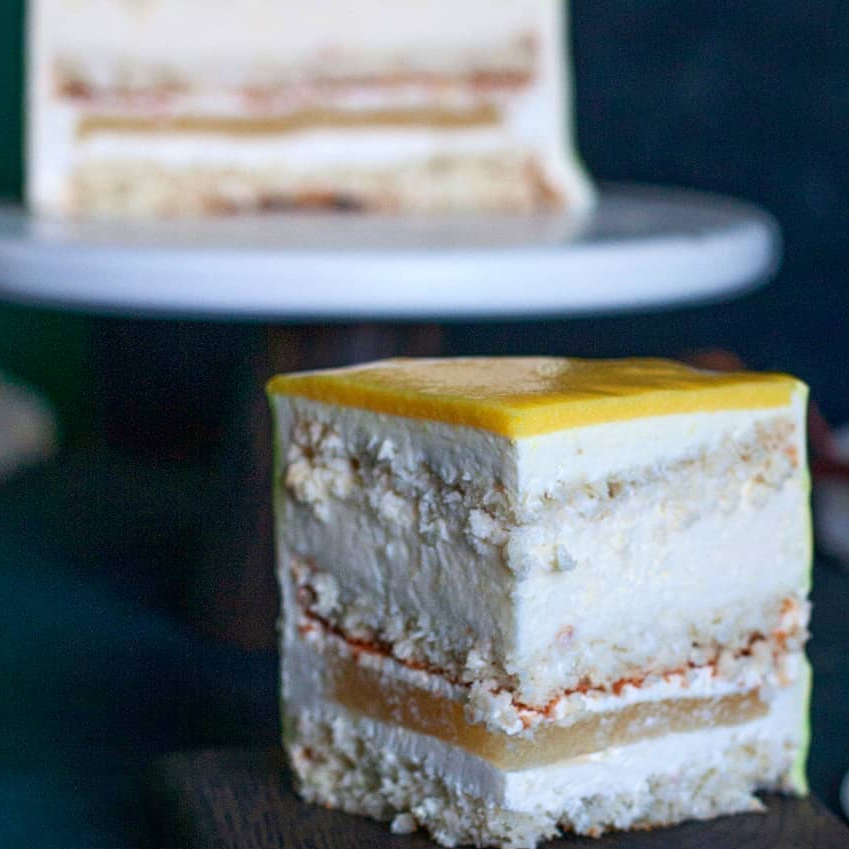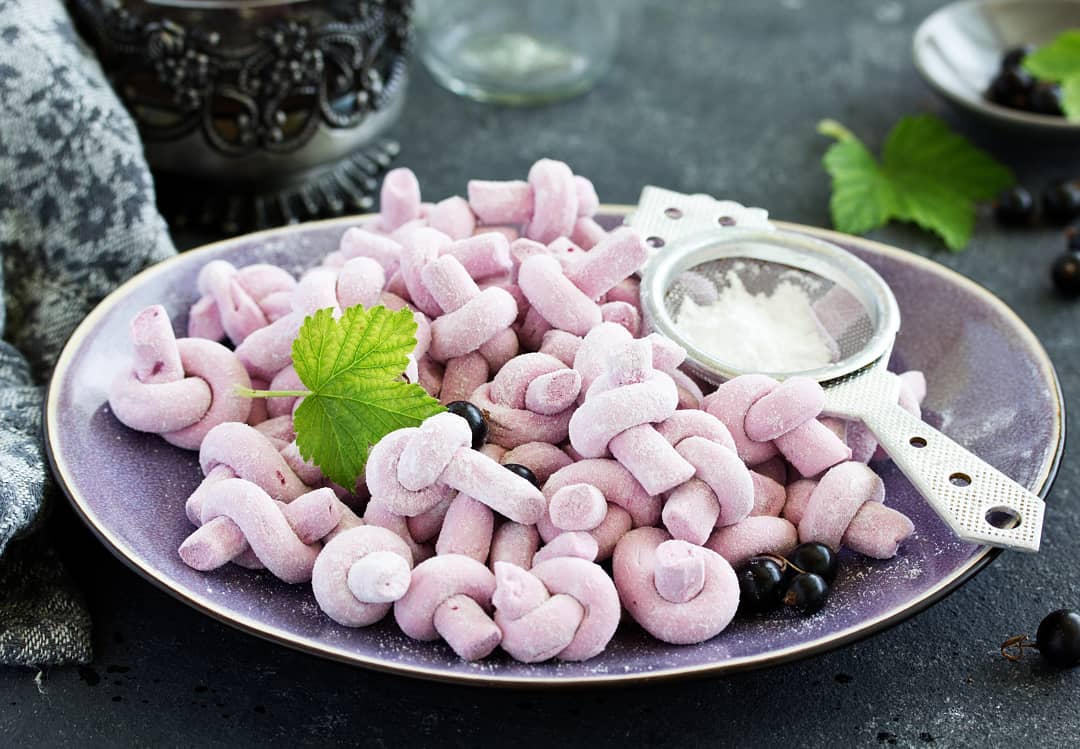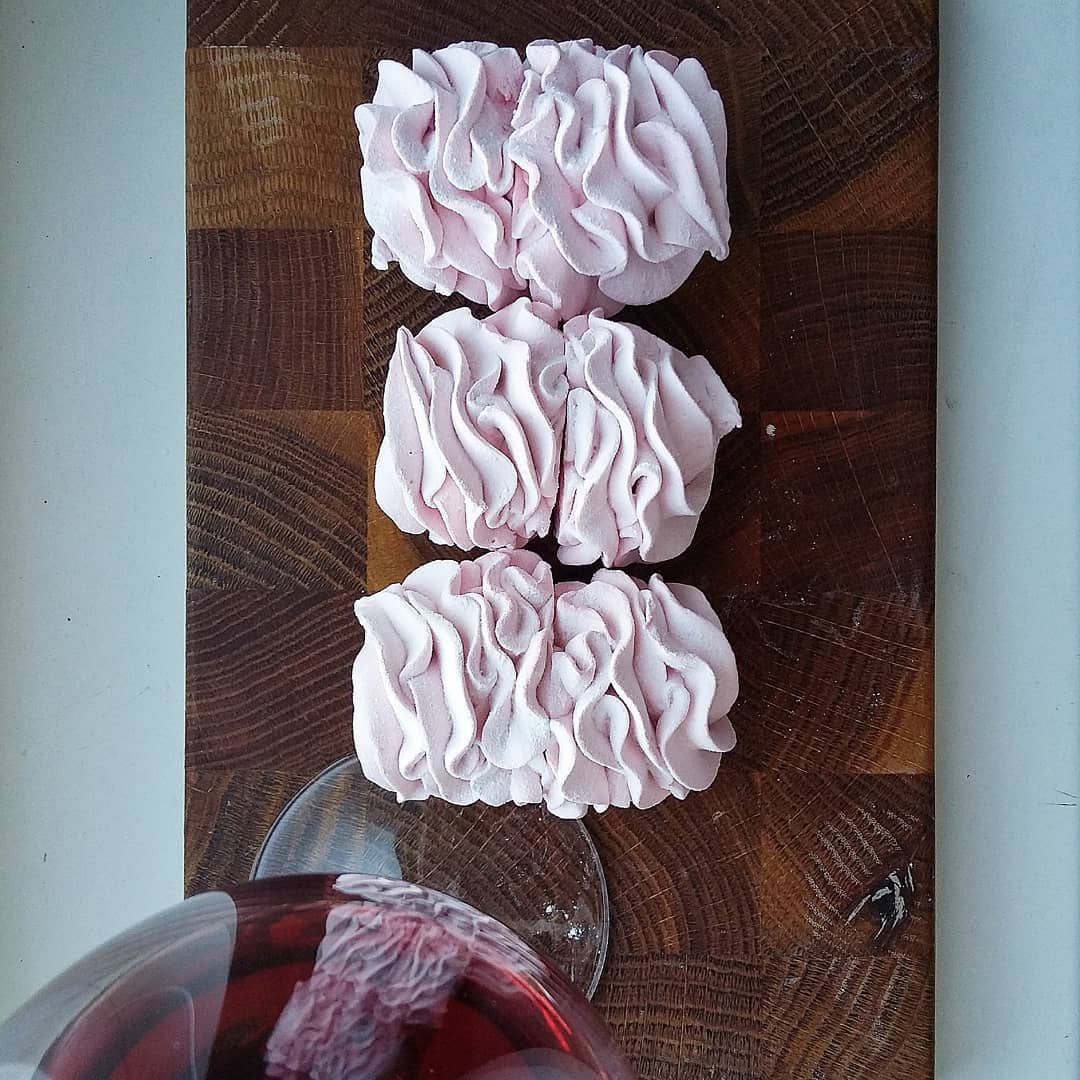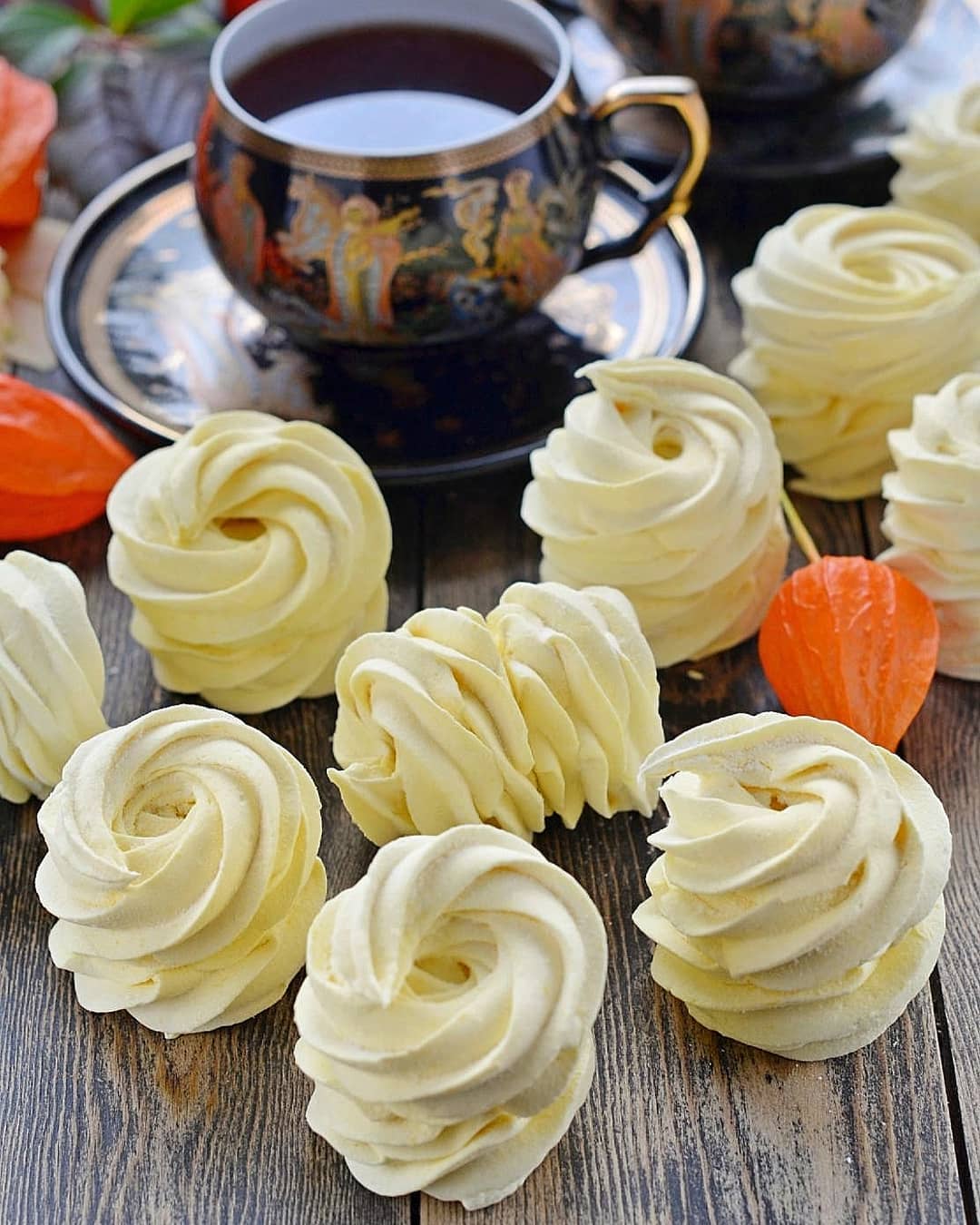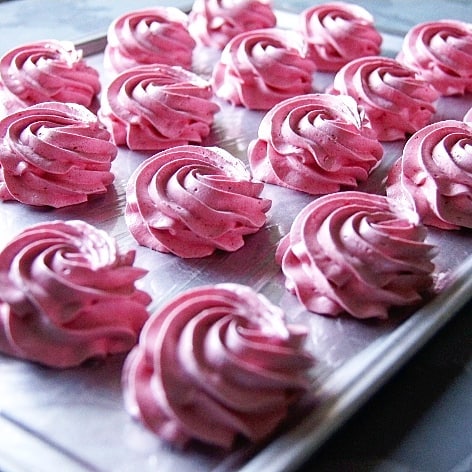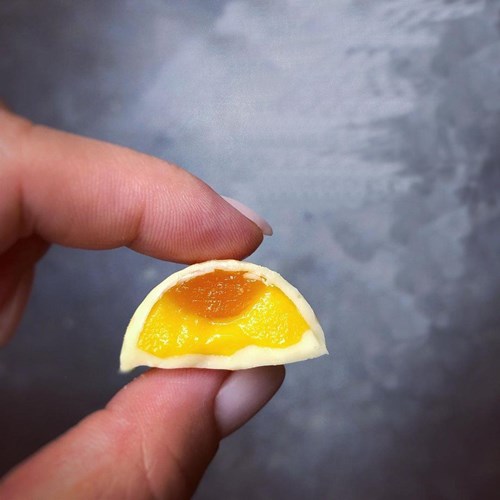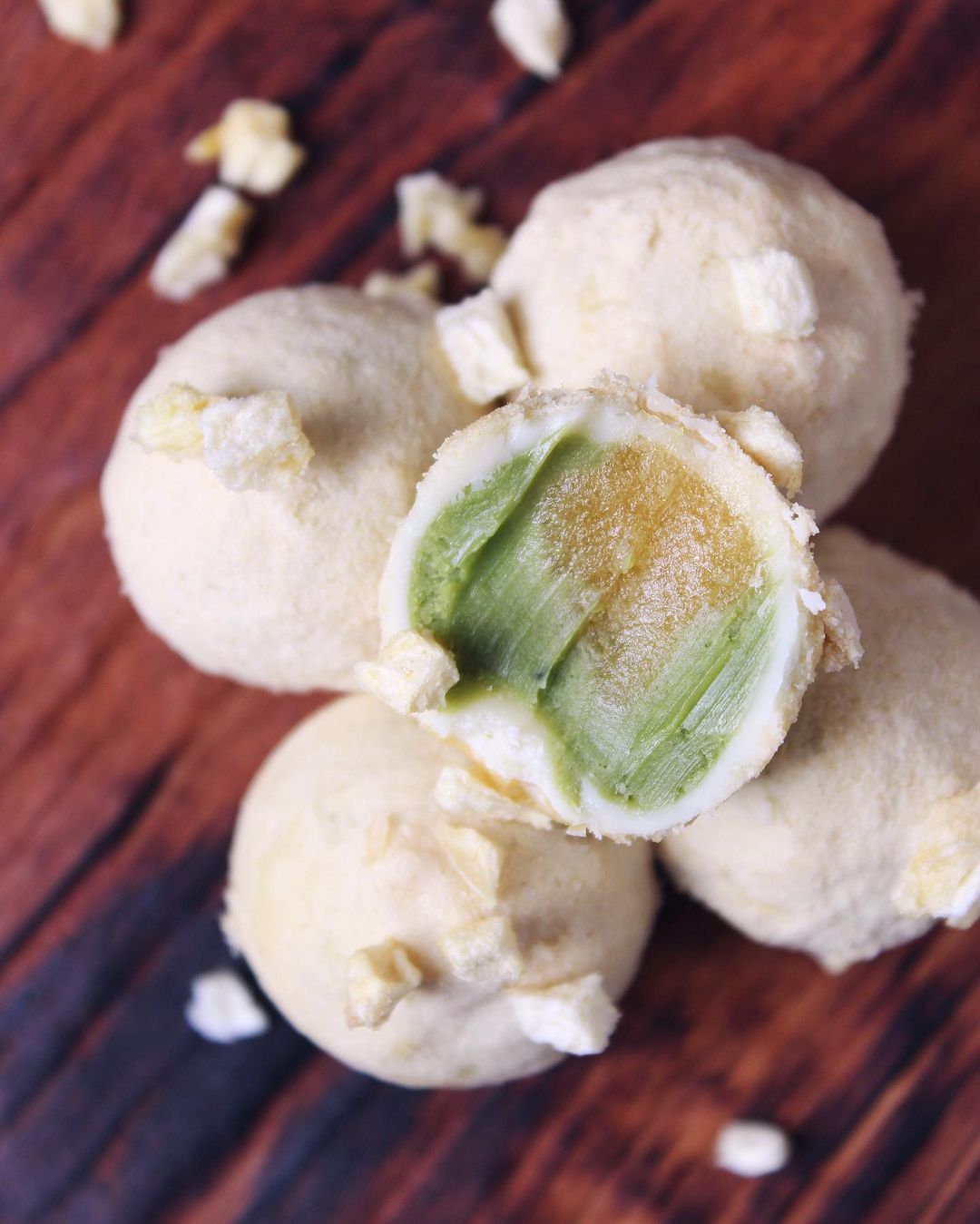Ingredients
Marshmallow
Instructions
Step 1
Step 2
Step 3
Step 4
Step 5
Step 6
Step 7
Step 8
Step 9
Step 10
Servings
Tangerine marshmallows are not just for snacking—they're a versatile treat that can add a delightful twist to many desserts. Imagine these fluffy marshmallows melted into a cup of hot cocoa on a chilly day, adding a hint of citrus to each sip. Feeling fancy? Make a s'more with a tangerine marshmallow, dark chocolate, and a graham cracker for an unexpected gourmet experience. They also make a great topping for cupcakes or a fun mix-in for fruit salads.
Hosting a party? Use these marshmallows as a whimsical garnish for cocktails! They pair wonderfully with citrus-flavored drinks and will not only impress your guests but also add a playful, yet sophisticated touch to your beverage offerings. Or simply package them in pretty boxes tied with ribbon for a charming homemade gift. No matter how you serve them, these tangerine marshmallows are sure to be a hit.
Equipment
A good quality saucepan is essential. Make sure it has a thick bottom to evenly distribute the heat and prevent scorching.
Perfect for stirring the mixture without scratching your saucepan. Flexibility will help you scrape every last bit.
Both will work for this recipe, but a stand mixer will make it easier. Make sure your beaters are clean and dry for best results.
A closed star tip gives a beautiful shape to your marshmallows. If you don’t have one, a plastic bag with a snipped corner works too.
Essential for laying out your marshmallows. The non-stick surface will make removal a breeze.
Variations
For gluten-free tangerine marshmallows, you are in luck—the recipe is naturally gluten-free! Just make sure to check that all your ingredients, especially the agar and any decorative toppings, are certified gluten-free.
To make these marshmallows vegan, you can replace the egg whites with aquafaba (the liquid from a can of chickpeas). Whip the aquafaba just like you would for the egg whites, and use a plant-based puree instead of one that contains dairy. Note that the texture may slightly differ, but the taste will still be delightful.
Faq
- Why do I need to use a silicone spatula?
A silicone spatula prevents the mixture from sticking and burning, ensuring even cooking.
- Can I use another type of fruit puree?
Absolutely! Strawberry, raspberry, or even mango puree can be used for different flavor profiles.
- What does "whipping to stiff peaks" mean?
It means you should beat the egg whites until they hold firm, upright peaks when the beaters are lifted.
- Can I make the marshmallows without a piping bag?
Yes, you can use a plastic bag with a snipped corner or simply spoon the mixture onto the baking paper.
- How can I tell if my syrup is ready?
The syrup should resemble boiling jam and when a spatula is lifted, the last drops should hang down and shake.
- Why do my marshmallows turn out sticky?
They might not have set properly or were exposed to too much humidity. Ensure they harden in a dry environment.

